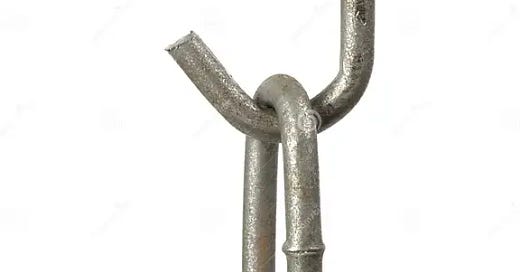Five reasons why China is unlikely to depreciate its currency:
1: Exports are unlikely to increase due to depreciation
Currency depreciation can sometimes be used to undercut tariffs as it creates cheaper goods, and more can be exported. In China’s current situation, domestic manufacturers are already financially stretched, with many are making little to no profit.
A depreciation would severely affect exporters, because buyers and customers would ask for lower prices, without ordering more products. It would also affect raw material prices (see point two below). This means the producer/factory would make even less profit (or none).
During the 2015 RMB depreciation, Chinese exporters faced pressure to lower prices but saw minimal increases in export volumes.
2: Most raw materials are priced in foreign currency and prices would rise
· Raw materials are sold/bought in foreign currency, usually USD, so depreciation would increase raw material input costs, making the overall product more expensive.
· The 2018 trade war led to higher input costs for Chinese manufacturers, reducing profits, and global competitiveness.
3: Increased money flight
Depreciation will lead to more capital flight, putting further pressure on the RMB to devalue.
In 2016, China experienced $800 billion plus in capital outflows, prompting strict capital controls, and led to a loss of investor confidence. The government doesn’t want the same issues to occur in 2025.
4: USD vs. RMB
The USD has appreciated vs. the RMB roughly 13% since 2022, so a 10% tariff has less effect than before.
During the 2018 trade war, tariffs had more impact because the RMB was stronger.
Businesses have already adjusted to the current exchange rate, and further depreciation would create more uncertainty.
5: SE Asia and Mexico help offset tariffs
Suppliers and buyers can get many of the same products from SE Asia, or even Mexico to blunt some of the tariffs. This was not the case in 2018.
Apple has moved some iPhone production to India, while Nike has shifted footwear manufacturing to Vietnam.
The US-China trade war accelerated the trend of supply chain diversification, with many companies setting up operations in ASEAN countries.
These supply chain shifts reduced China’s leverage in using currency depreciation, as global supply chains are becoming less dependent on Chinese manufacturing.
Conclusion
Depreciating the RMB seems like an easy way to offset tariffs, but the reality is more complicated. For Chinese manufacturers, most already struggle with slim profit margins, and a weaker RMB makes things worse. It would drive up costs of imported raw materials, squeeze profits further, and trigger more capital flight. With this, the global trend of supply chain diversification—with companies moving production to places like Southeast Asia or Mexico—means tariffs can often be avoided, making currency depreciation increasingly ineffective.



I dunno if @billbishop can see this but it's definitely up sinocism's ally.